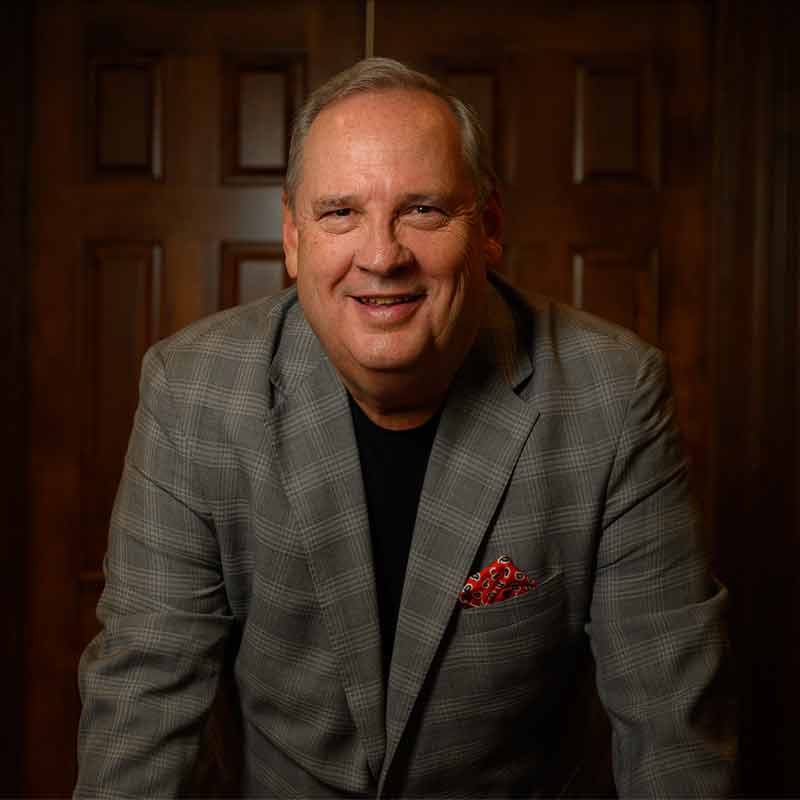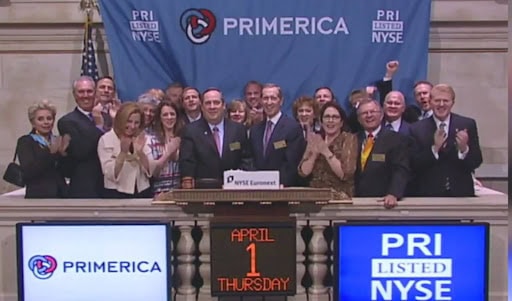Request Check Your Shocks


If you’ve been keeping up with my blog recently, you have figured out that I’ve been talking a lot about fear. The entire theme of my upcoming book is how to take your fear and make it work for you.
That isn’t an easy topic to broach. In fact, I’ve written a whole book on it, and I’m still learning more about it every single day. In this blog, I want to explore a few of the new things I have learned about how to make fear work for you instead of against you. Let’s take a look.
Fear was given to us as a survival mechanism, one we cannot live without. So it naturally garners quite a bit of attention in our mind, not to mention the gravity with which we experience it. If our alarm bells are sounding, we feel like we need to run, freeze, fawn, or fight. Yet, as people living in contemporary society, none of these is particularly helpful.
So what is the best way to deal with fear when it comes screaming into your day? Habituation. You have to get used to feeling fear and not immediately reacting to it. This is different from being frozen and turned mindless by fear; you have to consciously acknowledge what you’re feeling and choose to let it sit as you contemplate the best course of action.
This is easier said than done, and it takes time to develop this practice, but it is possible. And the freedom on the other side of it? My, oh my.
One of the pivotal moments in my life was when I decided to stop and look at fear instead of running from it. What was it exactly that made me do that? Just a feeling in the ethers, I suppose, is the best way to describe it.
Fear is a strong emotion that spurs your instincts to tell you, GO! RUN! HIDE! FIGHT!
But let’s get curious for a minute: What happens if you don’t react instinctively to fear? Unless your car is stalled on the train tracks and you can’t escape, probably nothing, really. Usually, nothing happens except for discomfort when you sit with fear for a while. In fact, you might even find a way to make it a good buddy you choose to visit with from time to time, or at least, that’s the goal.
When we reframe fear so that we let ourselves feel it and reflect instead of react, we gain confidence in ourselves and the world around us. We realize that no one will laugh at us when we give that speech. We won’t get fired for making a mistake at work. The worst-case scenario (more than likely) will not happen.
When we feel fear and just keep right on walking the line we’re on, not letting it derail us, we learn what is possible, and then, y’all—the sky is the limit.
When you overcome fears, especially ones that have held you back for years, maybe even decades, you will find a wealth of energy and clarity waiting for you as you move forward toward your next obstacle.
I don’t mean to make this sound easy. When it comes to reframing fear, it can be a tough thing to do. After all, you’ve lived this long with your familiar-but-uncomfortable relationship with fear, how can you change it now?
First, you need to realize that while fear feels real, it’s actually just information. It is the same as any information you might get in the mail. You can choose to discard it, or you can choose to act on it. When you realize that you have a choice, you have found your power.
Another helpful tactic for reframing fear is to understand that it’s highly programmed into you. From the time you were a child, your parents helped to teach you what to be afraid of and what not to be. Fear is highly subject to suggestion. When you realize this, you can reexamine your specific fears and suggest to yourself whether or not they are serving you well.
One of the last ways that I engage with fear is to address it, thank it, and then politely send it on its way. This tells fear that I hear it, I understand the message, but I disagree.
I hear your warning, I think to myself, but I’m going to go ahead and do this thing I really want to do. Thanks for stopping by!
This approach makes space for fear—heck, it even welcomes it! At that point, fear knows it doesn’t have a hold on you. When you can embrace its messages and still choose otherwise, you know that you have established a healthy relationship with it.
Like I said above, when fear comes to call, so often we aren’t even in any danger. But fear might not know that. Fear thinks it’s doing its job just perfectly. So we have to consider what going against this built-in evolutionary safety feature really means.
When you realize that you are not in any physical danger, when you can see that you are not hanging from the edge of a cliff—that really you’re just worried about whether or not people will like your new haircut—you are seeing through the illusion of fear. Now you’re in a growth mindset.
Can you imagine what kind of personal growth can be had in realizing that worry is really just a waste of time? When you think about all the things you probably worry about every day, has any of your worrying ever stopped something bad from happening?
What are some of the benefits of asking yourself these revolutionary kinds of questions? Here’s what I think a growth mindset has to offer:
Reframing your relationship to fear is kind of like cracking a door in a vacuum; you will feel the struggle, resistance, and possibly the refusal to overcome fear. But once you get it cracked, everything comes rushing in. Once you get one tiny toe through that door that has been sealed so tightly, the whole world will open up for you.
When you choose to welcome fear, listen to what it has to say, and make the decision to move through it, you will find yourself trying things you never have before, making the kind of moves in your life that make a difference, and finding satisfaction as you never have.
I’ll see you at the top!
If you want free exercises that help address moving through fear to lead like never before, go here.

If you’re human, you’ve been afraid. Heck, you’ve probably even experienced the fear of something irrational, like the boogeyman or a monster under the bed. Those things aren’t real, but we experience them as though they are. I’m willing to bet that if you’re reading...

I’ve been talking about fear for more than twenty-five years—on stages, in boardrooms, and across kitchen tables with people who were searching for a way forward. The phrase “turn your fear into fuel” has been in my vocabulary for decades. But for one reason or...

No matter how prepared you think you are, the unknown will always find a way to slip into the equation. It’s inevitable. The true mark of a leader isn’t the ability to avoid uncertainty and fear—it’s the ability to confront it, adapt to it, and use it as a springboard...

A Monumental Day to Celebrate Today marks the 15th anniversary of Primerica’s IPO—a day that will forever be etched in my memory. April 1, 2010, was not just a milestone for the company but a testament to resilience, perseverance, and the power of pushing through...

“The scarcest resource in the world is not oil, it’s leadership.”
As Co-CEO of the largest independent financal services company in North America, John Addison’s skill as a leader was tested and honed daily. He retired in 2015 after taking the company and it’s people to massive heights. He’s just not done helping people get to the top. Today, he’s at the helm of Addison Leadership Group, INC working daily to mentor and educate new leaders.

0 Comments